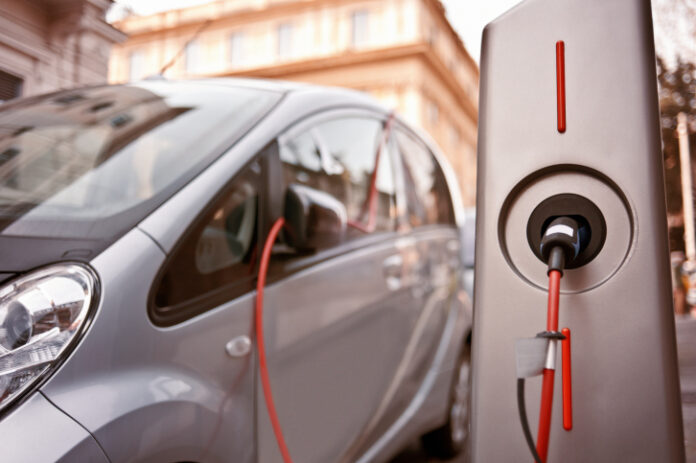California Gov. Gavin Newsom issued an executive order aimed at banning the sale of internal combustion powered (ICP) vehicles within the state by 2035. Newsome’s September 23, 2020 order directs the California Air Resources Board (CARB), the state’s air regulator, to require all new cars and passenger trucks sold in California be zero-emission vehicles, meaning, with current technologies, electric vehicles (EVs) by 2035.
Newsome has said replacing gasoline and diesel powered vehicles with electric vehicles is critical to meeting the California’s carbon dioxide emission reduction goals.
With half of all the EVs in America being registered in California, the state already leads the way in EV usage.
Despite lacking the ability to directly ban ICP vehicles, his administration will attempt to force consumers to purchase more EVs, says Margo Parks, director of California Policy at the Western States Petroleum Association (WSPA).
“The governor can’t ban ICPs on his own, so the executive order directs the California Air Resources Board (CARB) to implement rulemaking to ban the sale of the vehicles under California’s federal Clean Air Act waiver, and other laws they believe grants them such authority,” Parks said. “Complicating Newsom’s desire to force lifestyle changes on Californians is the fact that CARB has no authority over vehicle registration.
“Californians will still be able to purchase and register used ICP vehicles or buy new or used ICP vehicles in other states and register them in California,” said Parks. “CARB also has no authority to set registration fees, limiting its ability to make gas and diesel power vehicles more expensive.”
Usage Patterns Indicate Limited Usefulness
Research suggests Newsom’s EV order may not result in the environmental benefits intended, when factors like EV usage, ownership, and repeat buyers are factored into the equation.
The National Bureau of Economic Research estimates EV drivers put about half as many miles on their cars as the average driver. The research suggests EVs’ limited range and charging options have resulted in them being used as secondary, not primary, vehicles in households.
A study by Nature Energy found 18 percent of drivers who bought EVs between 2012 and 2018, switched back to fossil fuel powered cars due to dissatisfaction, often even before the vehicles were fully paid off.
Another factor limiting EV attractiveness in California is that EVs depend on a reliable electric power supply to make sense, something increasingly California lacks. As California has increasingly moved to wind and solar power, its electric power system has become increasingly prone to extended and floating power outages during the summer months. This has resulted in EV drivers often finding themselves unable to fully charge their cars. Power outages, and thus vehicles that can’t be relied upon to be available for use on demand, are likely to become more common as even more of California’s electric power supply comes from weather dependent sources and larger numbers of EVs place increased demand on the system.
Costs Limit EV Attractiveness
Even with government tax credits, EVs typically cost more to purchase than comparable ICP vehicles, which is limiting sales to lower income Californians.
CarMax, the nation’s largest retailer of used cars, reported from their Hybrid & Electric Cars Survey, that zero and low emission vehicles are generally purchased from those who are highly educated and financially well off, with over 70 percent of EV owners having a four-year college or post-graduate degree. The average household income of EV purchasers is upwards of $200,000.
The Public Policy Institute of California (PPIC) reports bringing EVs to a wider market may be difficult. PPIC points out, California is home to more than two million undocumented immigrants, and 45 percent of California’s population, 18 of the state’s 40 million residents, are from the Hispanic and African American communities with average incomes less than half the incomes of present EV owners.
High electricity prices may also complicate efforts to grow EV usage among California’s poor, who already devote a larger portion of their incomes to electricity than the relatively wealthy. A report from the Energy Information Administration suggest California’s electricity policies have resulted in California households paying 50 percent more for electricity than the national average, and industrial users paying more than 100 percent more than the national average for electricity. Only Hawaii has higher rates.
Ronald Stein (ronald.stein@ptsadvance.com) is the founder of PTS Advance, an energy and science consulting and recruitment firm based in Irvine, California.


























